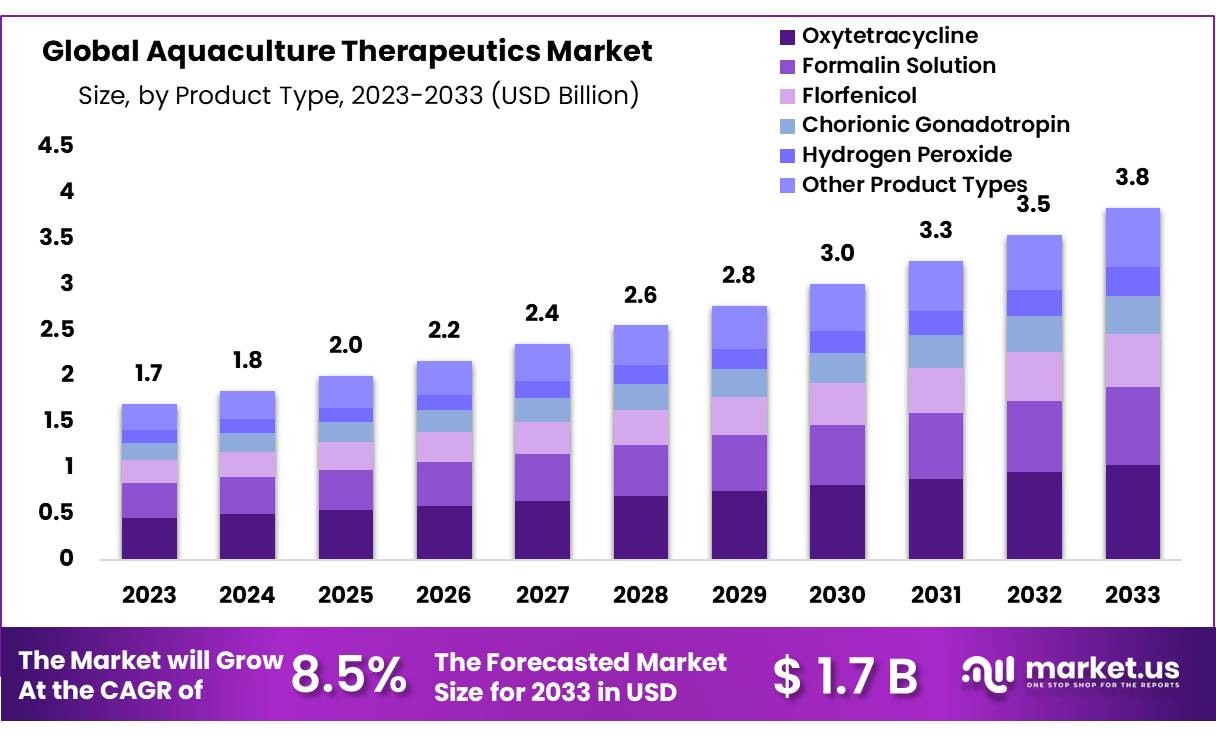Caribbean Corals: Bleaching ravages a region built on reefs as aid falls short – The Virgin Islands Daily News

Report on the 2023 Coral Bleaching Event in the British Virgin Islands and its Implications for Sustainable Development Goals
1.0 Executive Summary
In 2023, the British Virgin Islands (BVI) experienced a severe coral bleaching event, first noted by local stakeholders such as fisherman Zacchari Stoutt. This environmental crisis, characterized by corals turning stark white due to thermal stress, represents a significant setback for marine biodiversity and directly threatens the achievement of several United Nations Sustainable Development Goals (SDGs). This report analyzes the event’s impact on the marine ecosystem, local livelihoods, and the broader economy, framing the issue within the context of SDG 14 (Life Below Water), SDG 13 (Climate Action), SDG 8 (Decent Work and Economic Growth), and SDG 2 (Zero Hunger).
2.0 Environmental Impact and Direct Threat to SDG 14: Life Below Water
The widespread bleaching observed at sites including Santa Monica Rock constitutes a critical degradation of marine ecosystems, directly contravening the objectives of SDG 14 (Life Below Water), which aims to conserve and sustainably use marine resources.
- Ecosystem Health: The bleaching phenomenon, where corals expel their symbiotic algae due to elevated sea temperatures, led to the death of some corals, while others showed partial recovery as waters cooled in the winter months. This compromises the structural integrity and biodiversity of the reefs.
- Loss of Biodiversity: Coral reefs are essential habitats for a vast array of marine species. Their degradation threatens the survival of fish, crustaceans, and other organisms that depend on them for food and shelter.
- Observed Conditions: The initial observation by Mr. Stoutt described the seafloor as “bleach-bleach white,” a visual confirmation of a large-scale, high-stress event impacting the coral colonies.
3.0 Socio-Economic Consequences and Setbacks for SDGs 1, 2, and 8
The health of coral reefs is intrinsically linked to the economic and social well-being of the BVI community. The 2023 bleaching event poses a direct threat to local progress on key development goals.
- SDG 8 (Decent Work and Economic Growth): The livelihood of local fishermen, including the Stoutt family who depend on lobster, fish, and conch, is jeopardized by the decline in reef health. Furthermore, the BVI’s tourism sector, a primary economic driver, relies heavily on the appeal of its vibrant marine environment for activities like diving and snorkeling.
- SDG 2 (Zero Hunger): For local communities, coral reef fisheries are a vital source of protein and food security. The collapse of these fisheries due to habitat loss would directly impact the availability of local food sources.
- SDG 1 (No Poverty): Economic disruption in the fisheries and tourism sectors can lead to reduced income and increased poverty for families whose livelihoods are tied to the marine environment.
4.0 Root Causes and the Imperative of SDG 13: Climate Action
The primary driver of the 2023 coral bleaching event was abnormally high sea surface temperatures, a direct consequence of global climate change. This underscores the critical importance of SDG 13 (Climate Action).
- Climate Change Impact: The “sweltering” conditions reported in 2023 are part of a global trend of rising ocean temperatures. The BVI is experiencing a localized manifestation of this worldwide crisis.
- Urgency for Action: Scientists warn that despite a temporary cooling, future bleaching events are highly probable. This highlights that local conservation efforts, while crucial, are insufficient without decisive global action to mitigate climate change and limit ocean warming.
Analysis of Sustainable Development Goals (SDGs) in the Article
1. Which SDGs are addressed or connected to the issues highlighted in the article?
The article primarily addresses issues related to the following Sustainable Development Goals:
-
SDG 14: Life Below Water
This is the most central SDG to the article. The text focuses entirely on the health of marine ecosystems, specifically the phenomenon of coral bleaching in the British Virgin Islands. The description of corals turning “bleach-bleach white” and some dying is a direct illustration of the degradation of marine life and habitats, which this goal aims to prevent.
-
SDG 13: Climate Action
The article implicitly links the coral bleaching to climate change. It mentions the event occurred on a “sweltering day” and that corals recovered partially as “the waters cooled in the winter months.” The warning from scientists about “more bleaching” due to temperature fluctuations points to the broader issue of climate change impacting marine environments, which SDG 13 aims to combat.
-
SDG 8: Decent Work and Economic Growth
The article connects the environmental issue to human livelihood by introducing Zacchari Stoutt, a fisherman who “fishes lobster, fish and conch with his father and brother.” Healthy coral reefs are critical nurseries for these species. The degradation of the reefs, therefore, poses a direct threat to his livelihood and the local fishing economy, touching upon the goal of sustaining economic growth derived from natural resources.
2. What specific targets under those SDGs can be identified based on the article’s content?
Based on the issues discussed, the following specific targets are relevant:
-
Target 14.2: By 2020, sustainably manage and protect marine and coastal ecosystems to avoid significant adverse impacts, including by strengthening their resilience, and take action for their restoration in order to achieve healthy and productive oceans.
The article’s core subject is the “adverse impact” of bleaching on the coral reef ecosystem. The observation that some corals died while others recovered highlights the theme of ecosystem resilience, and the entire situation underscores the urgent need for protection and management as outlined in this target.
-
Target 13.1: Strengthen resilience and adaptive capacity to climate-related hazards and natural disasters in all countries.
The mass coral bleaching event described is a direct “climate-related hazard” caused by increased sea temperatures. The article’s setting in the British Virgin Islands, a small island territory, emphasizes the vulnerability of such locations and the need to strengthen their resilience against these climate impacts.
-
Target 14.a: Increase scientific knowledge, develop research capacity and transfer marine technology… in order to improve ocean health and to enhance the contribution of marine biodiversity to the development of developing countries, in particular small island developing States and least developed countries.
The mention that “scientists warn that more bleaching could be on the way” indicates the role of scientific monitoring and knowledge in understanding and predicting threats to ocean health, which is the focus of this target.
3. Are there any indicators mentioned or implied in the article that can be used to measure progress towards the identified targets?
Yes, the article mentions and implies several indicators:
- Visual Health of Coral Reefs: The primary indicator described is the physical state of the corals. The fisherman’s observation of coral that “went pale: bleach-bleach white” is a direct, qualitative indicator of a lack of progress towards Target 14.2. Conversely, observing the recovery of some corals as “waters cooled” is an indicator of resilience.
- Frequency and Severity of Mass Bleaching Events: The article documents a specific bleaching event in 2023 and notes the potential for more. The occurrence of such events serves as a key indicator for measuring the impacts of climate-related hazards under Target 13.1.
- Status of Local Fisheries: The article implies an indicator related to the livelihood of the fisherman who depends on “lobster, fish and conch.” A decline in the catch of these species, which rely on healthy reefs, would be a socio-economic indicator of the failure to protect the marine ecosystem and its resources, relevant to the sustainable use aspect of SDG 14.
4. Table of SDGs, Targets, and Indicators
| SDGs | Targets | Indicators Identified in the Article |
|---|---|---|
| SDG 14: Life Below Water | 14.2: Sustainably manage and protect marine and coastal ecosystems to avoid significant adverse impacts. | The visual condition of corals (e.g., “bleach-bleach white” vs. healthy). The survival rate of corals post-bleaching (“Some corals have recovered… but others died”). |
| SDG 13: Climate Action | 13.1: Strengthen resilience and adaptive capacity to climate-related hazards. | The occurrence of a mass coral bleaching event linked to a “sweltering day” and high water temperatures. |
| SDG 8: Decent Work and Economic Growth | (Implied) Sustainable use of marine resources for economic livelihood. | The viability of the local fishing livelihood, which depends on species like “lobster, fish and conch” that are supported by the coral reef ecosystem. |
| SDG 14: Life Below Water | 14.a: Increase scientific knowledge… in order to improve ocean health. | The presence of scientific monitoring and warnings (“scientists warn that more bleaching could be on the way”). |
Source: virginislandsdailynews.com

What is Your Reaction?
 Like
0
Like
0
 Dislike
0
Dislike
0
 Love
0
Love
0
 Funny
0
Funny
0
 Angry
0
Angry
0
 Sad
0
Sad
0
 Wow
0
Wow
0

















































































